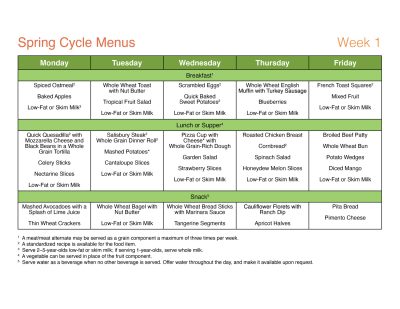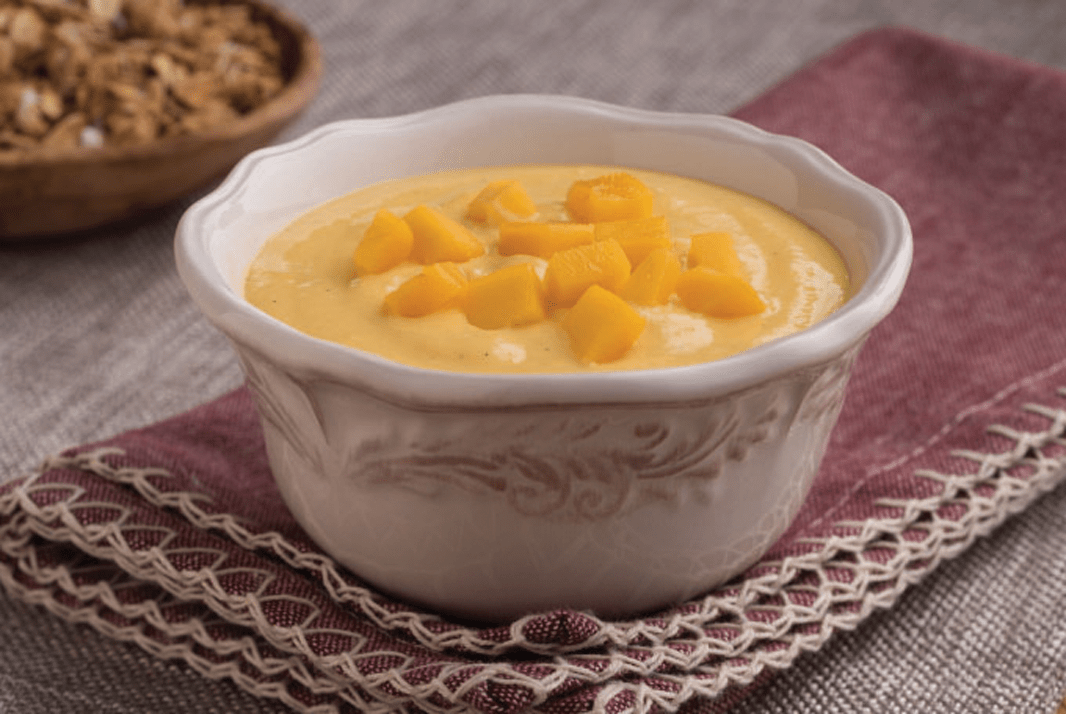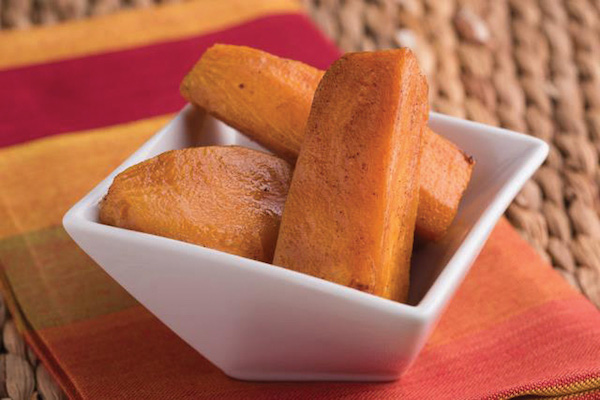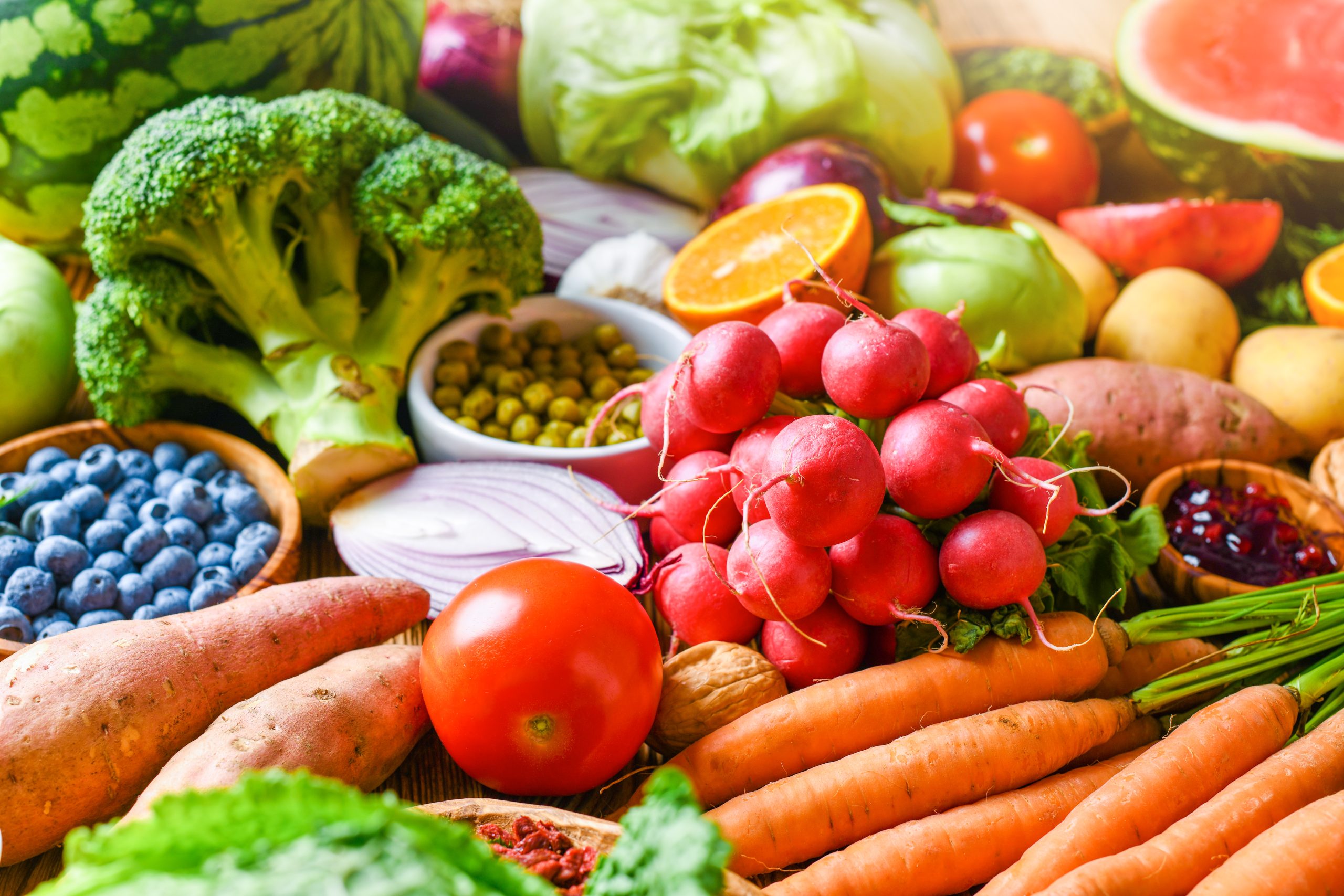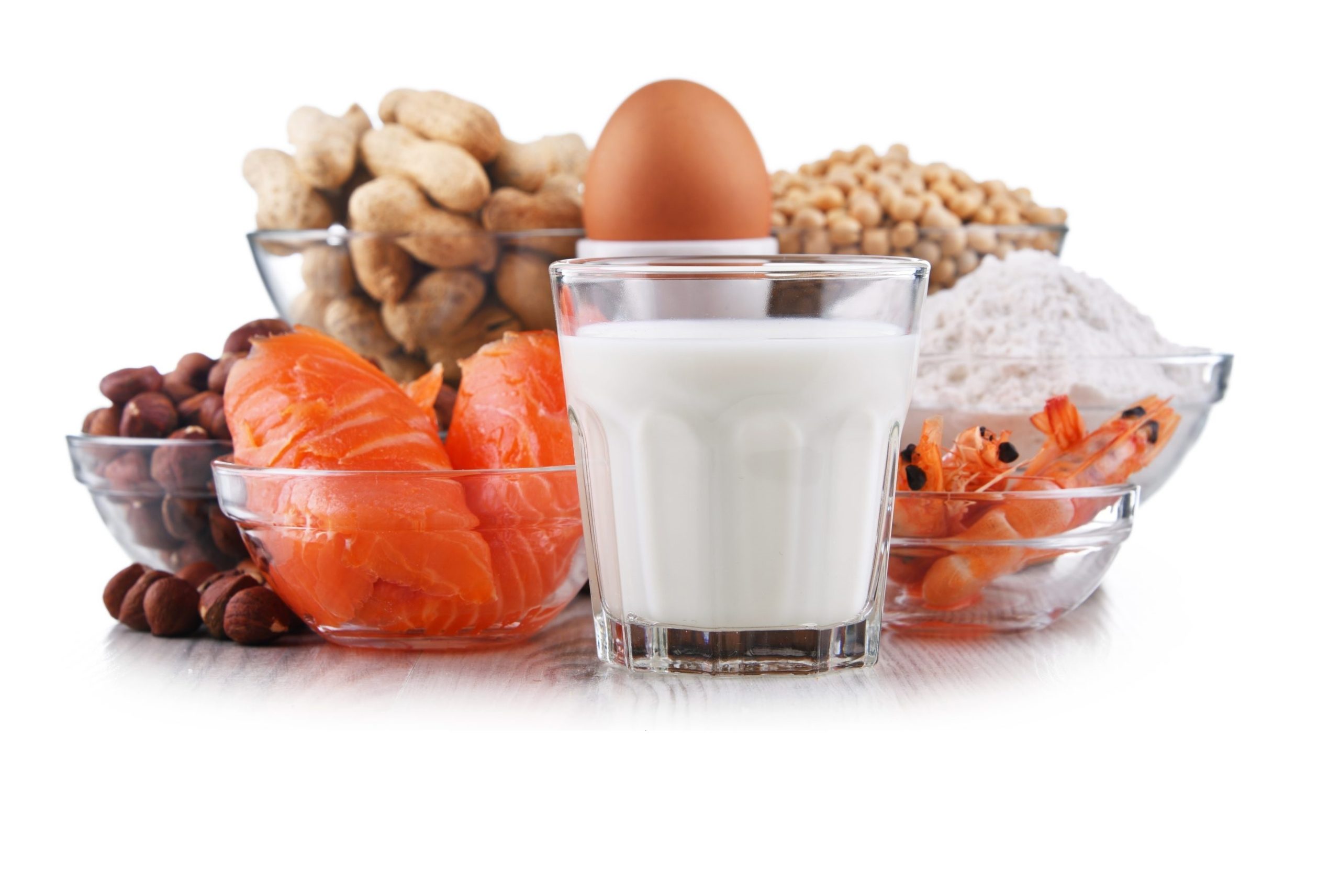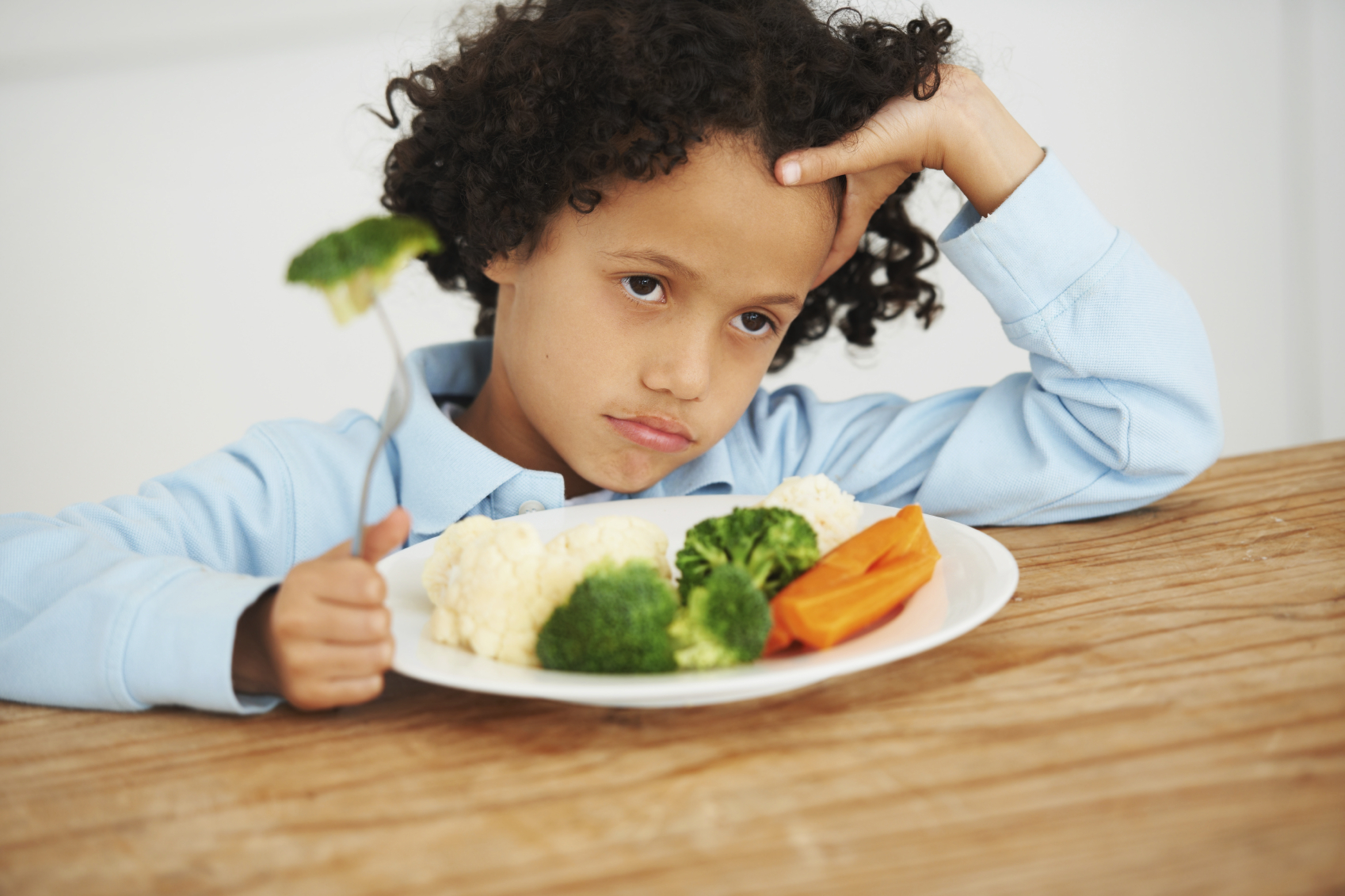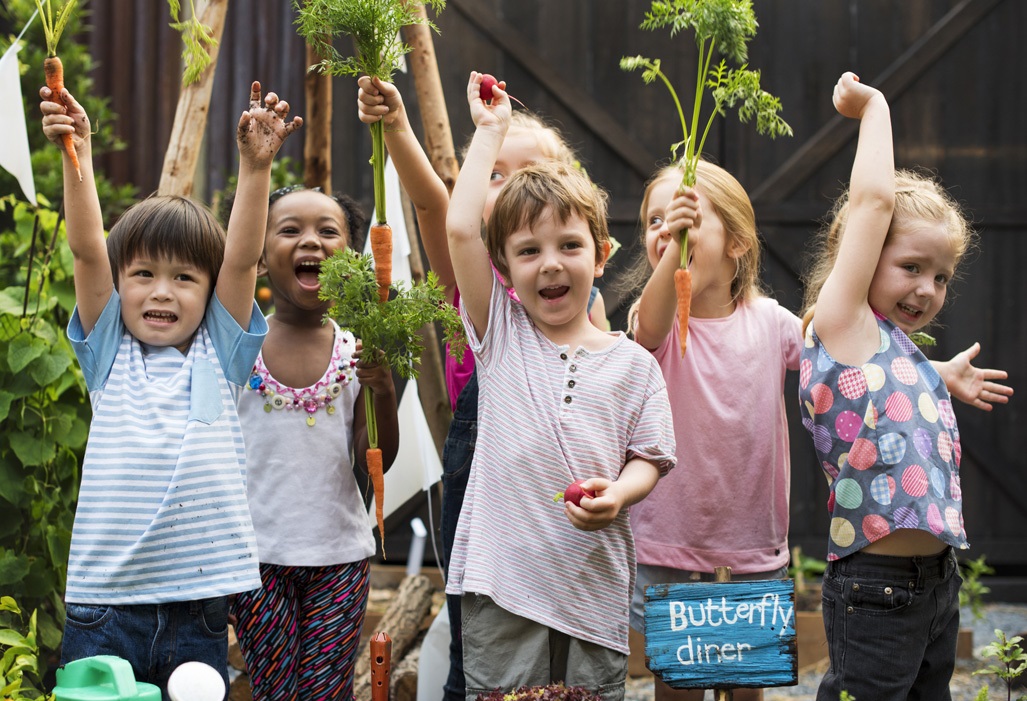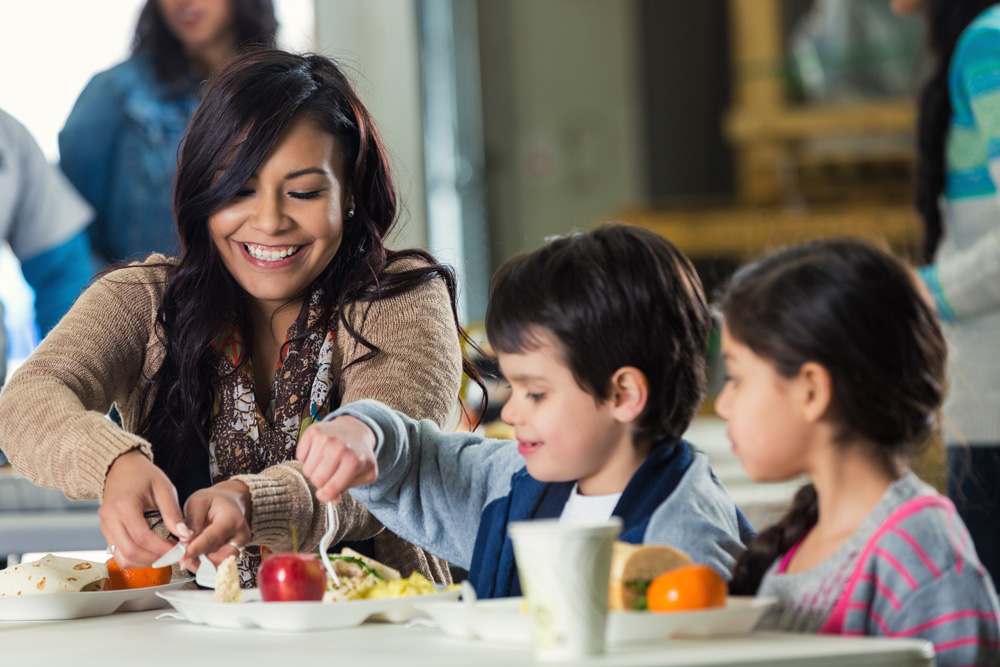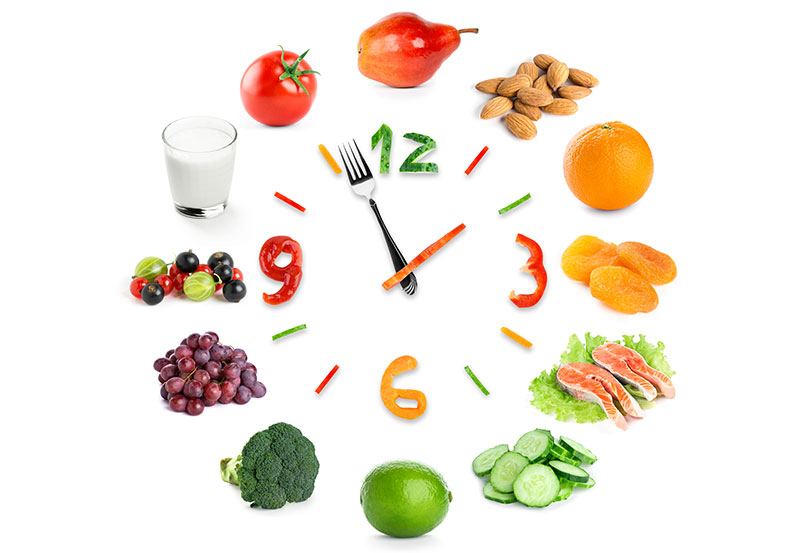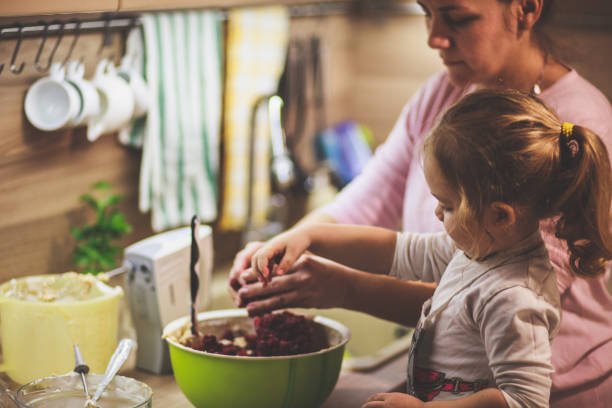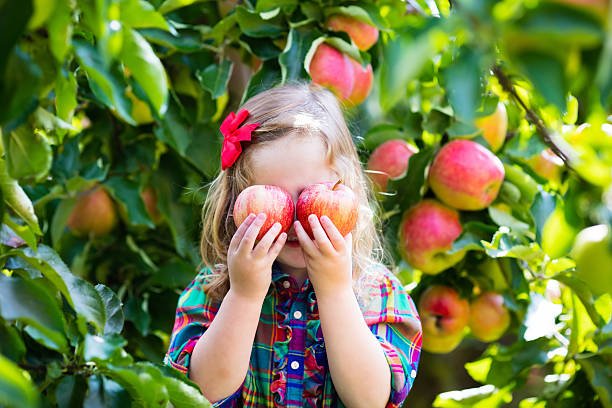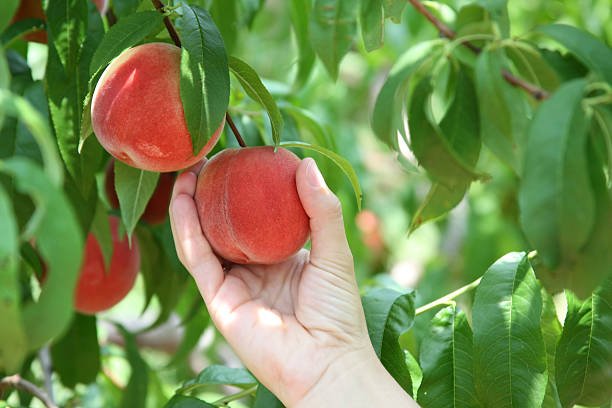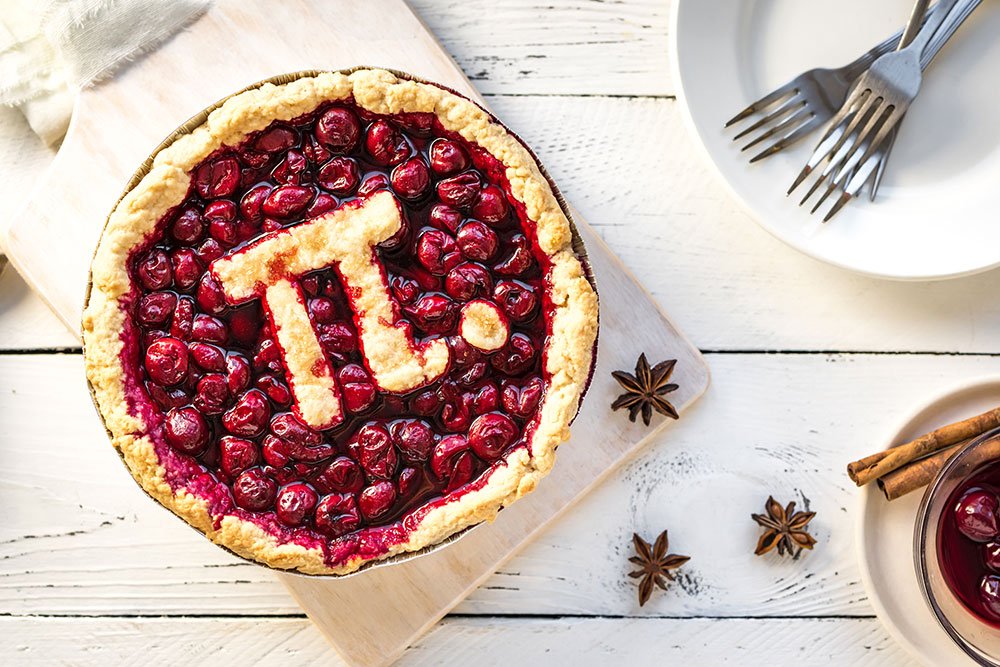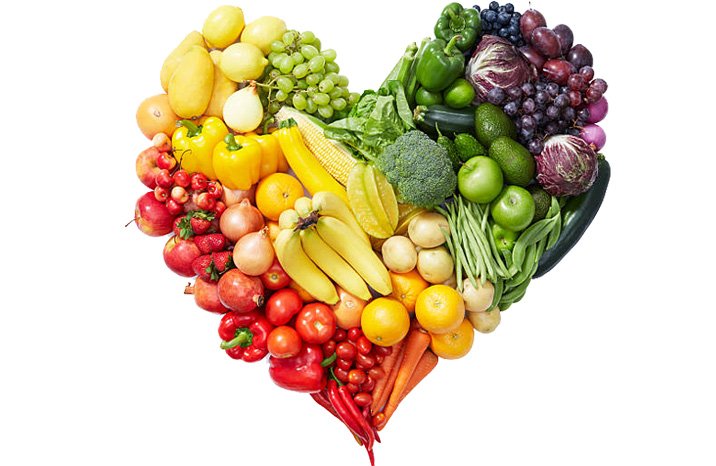

APRIL 2022
Time-Saving Meal Preparation Ideas
Delicious, homemade meals can fit into your busy child care day with some planning and the right tools. There are numerous meal preparation and cooking tips and tricks, and finding what works for your program will help speed up the process. To help create a fast and easy routine, consider these time-saving tips for quick and healthy meals.
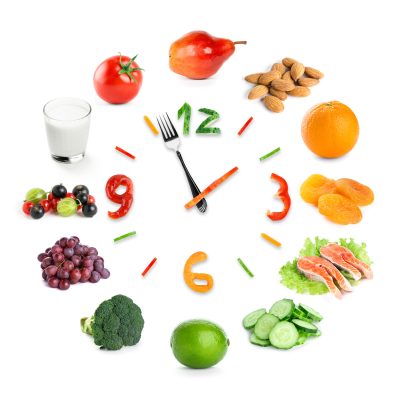
Time-Saving Equipment
Purchasing efficient kitchen tools and equipment can save time preparing meals and is an allowable CACFP expense. Below are some kitchen tools that will make prepping and cooking easier. Remember to always follow the directions when using the tools and equipment.
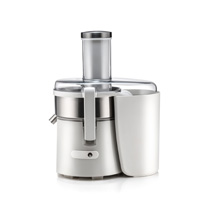 |
A food processor cuts preparation time down dramatically. It can mix dough and batter; slice, shred, or chop produce, meat, or cheese; blend or puree soups, sauces, or dips; and grind seeds and spices. |
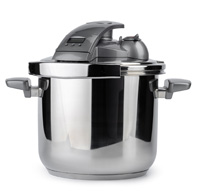 |
A pressure cooker works by trapping steam, increasing the cooking temperature, and decreasing cooking time. It is great for preparing rice, grains, meat, and beans in less time. |
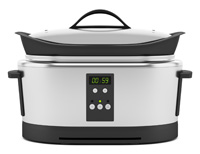 |
A slow cooker saves time by cooking foods that require little supervision so you can do other things while the meal cooks. |
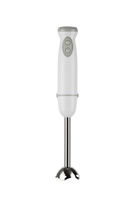 |
An immersion blender is used to blend foods already in a container. Using a handheld immersion blender is an easy way to purée hot soups, make sauces, or blend smoothies and is often a low-cost investment for any kitchen. |
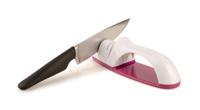 |
Investing in a high-quality 8-inch to 10-inch chef’s knife can make all the difference in how fast you cut and chop foods. Be sure to keep the knives sharp—dull knives are unsafe and make chopping more difficult. Consider buying a small handheld knife sharpener. For information and videos about knife skills, refer to the Culinary Institute of Child Nutrition (CICN) website. |
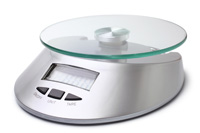 |
Food scales can save preparation time for recipes that call for ingredients by weight. Weighing an ingredient eliminates the steps required for measuring by volume (scooping, leveling, and scraping ingredients). |
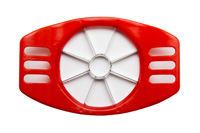 |
A bite-sized food cutter can create small food pieces for little hands to grab. This would be great for preparing food for little ones in the infant or toddler room. |
Time-Saving Meal Planning and Menu Ideas
Prepare Extra Food
Look ahead at recipes. Do you need the same ingredient for multiple dishes? Making extra portions of ingredients to refrigerate or freeze for future meals will save you time. You can cook at least double the amount needed for meats, beans, rice, noodles, or quinoa and chop extra fruits and vegetables. These ready-to-use ingredients will save you time when preparing the next meal.
Store the extras in the refrigerator or freezer to use later. Label the storage container with the ingredient name, the amount in the container, and the date prepared. For example, on the label, write “2 lb cooked chicken tenders, 04/01/22” or “5 cups chopped cauliflower, 04/01/22.”
The National Center for Home Food Preservation has tools to help you decide what to freeze and how to do it in a way that maintains the food’s quality and safety.
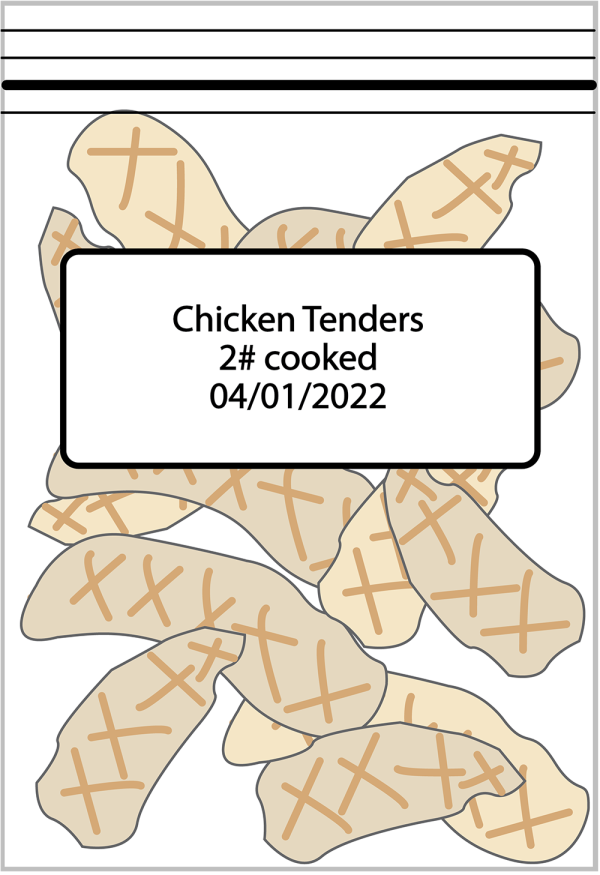
Cycle Menus
Using cycle menus in child care is a great way to save time during the menu planning process. A cycle menu is a series of menus planned and served for a period of time (for example, four weeks) and then repeated. There are many advantages to using cycle menus:
- By planning a set of menus once and repeating them, you save menu planning time, repeat foods to help children accept new foods, and fine-tune meal preparation routines.
- Buying food is easier since you know what foods and amounts are needed ahead of time.
- Food preparation is faster because the more you make a recipe, the more familiar it is to you.
- Cycle menus are easy to change once they are planned. You can substitute foods that are not available with other foods from the same food component. Just remember to document the substitution on the menu.
The following ICN resources provide more information on menu planning and cycle menus:
- Menu Planning Basics: A Guide for CACFP Operators in Child Care provides general information for planning nutritious menus that align with the CACFP.
- Cycle Menus for Child Care: Preschoolers feature cycle menus and various USDA standardized recipes for child care centers.
Steps for Meal Planning
For the Week:
- Review the week’s menu.
- Take out frozen meats or entrées for future meals to allow enough time to thaw properly in the refrigerator. Be sure to follow food safety guidelines for properly thawing foods.
- Take inventory of the foods you have on hand.
- Write a list of foods and ingredients needed.
- Calculate the amount needed for each item.
- You can use the USDA’s Food Buying Guide Calculator to help determine the correct amount of food to purchase and prepare, so the minimum required amounts for each component are available to serve.
For the Day:
- Review the menu for the day.
- Check to see if there are similar items from different meals or snacks that could be prepped at the same time.
- For instance, if you are cutting vegetables for lunch and need vegetables for snack, chop the snack vegetables at the same time since you already have the supplies out for the lunch meal. Or vice versa, if you are chopping vegetables for the snack meal, chop extra vegetables and store them in the refrigerator to use in the lunch meal the next day.
For the Meal:
- Review the menu for the meal you are preparing and prioritize what needs to be done first (e.g., preheat the oven, cut vegetables, boil water, etc.).
- When using a recipe, read through the entire recipe before you start so you know the steps and length of time to prepare the dish.
- Gather everything needed to prepare the meal:
- Utensils (measuring cups and spoons, spatulas, knives, etc.) and appliances (pots, pans, food processor, etc.)
- All ingredients (measured spices in a small bowl, canned or boxed ingredients, chopped vegetables, etc.)
Tip 1: Gather all ingredients on a pan or tray and bring them to your prep area. This step prevents additional trips to the refrigerator or pantry for forgotten items.
Tip 2: Use a food waste container to toss unwanted items as you prep. This keeps the prep area clean and saves you from making multiple trips to the trash can.
At Mealtime:
Children can help free up teachers’ time by assisting with the following mealtime tasks:
- Before the meal, children can help set the table.
- During the meal, children can pass bowls of food and serve themselves, saving the teacher time by not having to plate up the food for each child before the meal.
Bonus: Having children assist with mealtime tasks helps build self-esteem and teaches independence, social skills, and other important habits that will last a lifetime. For information on the benefits of and tips for family style dining, check out these ICN resources: Benefits for Serving Meals Family Style in Child Care and CACFP and Family Style Meal Service.
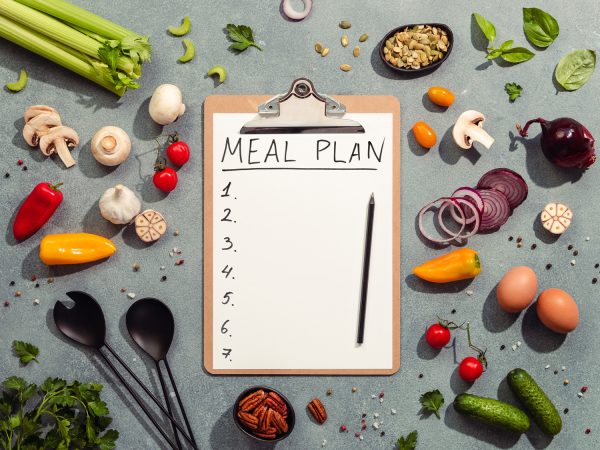
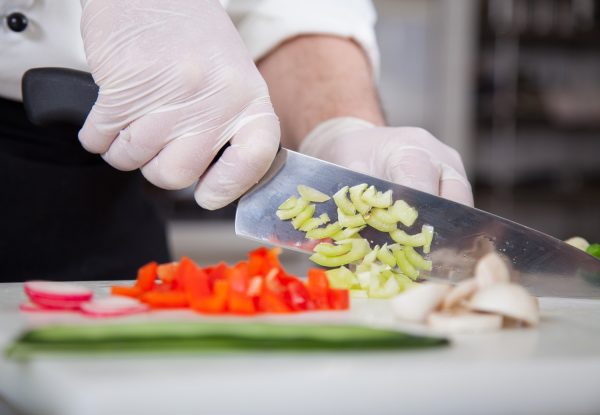
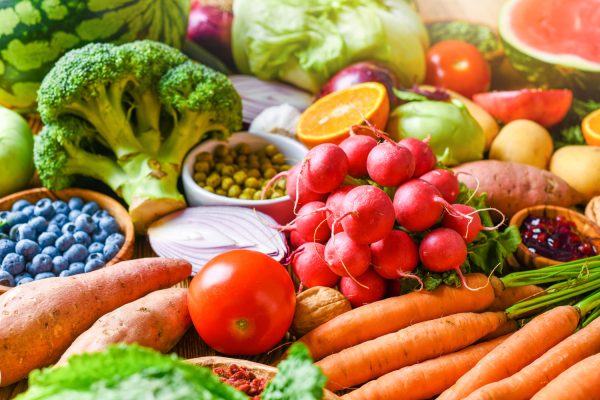

Quick, Healthy Menu Ideas
The featured recipes below can be found in the Child Nutrition Recipe Box or Child Nutrition Recipe Box: New CACFP Lunch/Supper Recipes and are available in yields of 6, 25, and 50 servings.Some recipes contain multiple food components which are listed in parentheses after the recipe.
Lunch/Supper
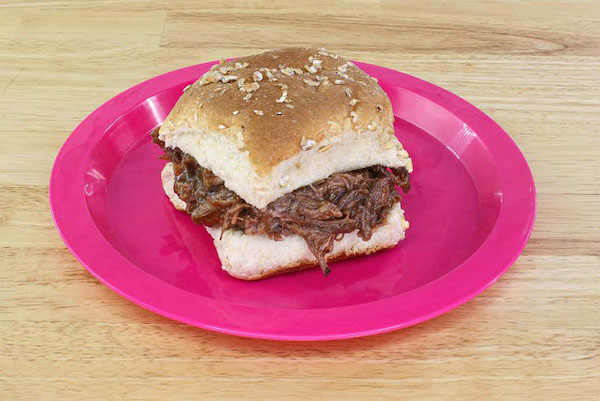
Barbecue Beef Slider
(beef and whole wheat bun)
Green pepper strips
Peach slices
1% Milk
More Recipes
Child Nutrition Recipe Box includes USDA standardized recipes for child care centers and family child care homes.
Child Nutrition Recipe Box: New CACFP Lunch/Supper Recipes includes standardized recipes per age group (3–5 and 6–18 year-olds) and for servings of 6, 25, and 50.
Recipes for Healthy Kids: Cookbook for Child Care Centers features recipes for 25 servings.
Recipes for Healthy Kids: Cookbook for Homes features recipes for 6 servings.
References
Institute of Child Nutrition. (2020, January 30). Benefits for serving meals family style in child care. https://theicn.org/resources/1538/nutrition-and-meal-management/117769/benefits-for-serving-meals-family-style-in-child-care.pdf
Institute of Child Nutrition. (2020, June 15). Menu planning basics: A guide for CACFP operators in child care. https://theicn.org/icn-resources-a-z/menu-planning-basics-cacfp
Institute of Child Nutrition. (2020, September 22). CACFP and family style meal service. https://theicn.org/resources/1538/nutrition-and-meal-management/118590/cacfp-and-family-style-meal-service.pdf
Institute of Child Nutrition. (2021, January 7). Cycle menus for child care: Preschoolers. https://theicn.org/icn-resources-a-z/cycle-menues-for-child-care-preschoolers
Institute of Child Nutrition. (2022). Barbeque beef slider for ages 3–5. Child Nutrition Recipe Box. https://theicn.org/cnrb/ages-3-5/age-3-5-6-serving/barbecue-beef-sliders-for-ages-3-5/
Institute of Child Nutrition. (2022). Child nutrition recipe box. https://theicn.org/cnrb/
Institute of Child Nutrition. (2022). Mango smoothie bowl – USDA recipe for child care centers. Child Nutrition Recipe Box. https://theicn.org/cnrb/recipes-for-centers/recipes-for-centers-breakfast/mango-smoothie-bowl-usda-recipe-for-child-care-centers/
Institute of Child Nutrition. (2022). New CACFP lunch/supper recipes. Child Nutrition Recipe Box. https://theicn.org/cnrb/2022-cacfp-recipes/
Institute of Child Nutrition. (2022). Quick baked sweet potatoes – USDA recipe for child care centers. https://theicn.org/cnrb/recipes-for-centers-vegetables/quick-baked-sweet-potatoes-usda-recipe-for-cacfp/
Iowa State University Extension and Outreach. (n.d.). Spend smart. Eat smart. Cook. https://spendsmart.extension.iastate.edu/cook/
Iowa State University Extension and Outreach. (n.d.). Spend smart. Eat smart. Plan. https://spendsmart.extension.iastate.edu/plan/
National Center for Home Food Preservation. (n.d.). How do I … freeze? http://nchfp.uga.edu/how/freeze.html
U.S. Department of Agriculture. (n.d.). Food buying guide for child nutrition programs. https://foodbuyingguide.fns.usda.gov
U.S. Department of Agriculture, Food and Nutrition Service. (2014, January 17). Recipes for healthy kids: Cookbook for child care centers. https://www.fns.usda.gov/tn/recipes-healthy-kids-cookbook-child-care-centers
U.S. Department of Agriculture, Food and Nutrition Service. (2014, January 17). Recipes for healthy kids: Cookbook for homes. https://www.fns.usda.gov/tn/recipes-healthy-kids-cookbook-homes
U.S. Department of Agriculture, MyPlate. (n.d.). Kitchen time savers. https://www.myplate.gov/tip-sheet/kitchen-time-savers
U.S. Department of Agriculture, MyPlate. (n.d.). Prepare healthy meals. https://www.myplate.gov/eat-healthy/healthy-eating-budget/prepare-healthy-meals
Utah State University, Nutrition Extension. (n.d.). Food waste prevention part 4: Using leftovers. https://extension.usu.edu/nutrition/research/food-waste-part-4
About Mealtime Memo
Mealtime Memo (MTM) is focused on nutrition and wellness in child care settings and is specifically intended for use by child care professionals who participate in the Child and Adult Care Food Program (CACFP). The objective is to provide research-based best practices for planning, preparing, and/or serving nutritious, safe, and child-friendly meals in child care settings operating the CACFP.
Beginning in January 2021, the MTM moved to an electronic, blog-style newsletter. To ensure you automatically receive the latest issue, click “Subscribe” below!
Please note: To ensure MTMs provide the most accurate, up-to-date information, any references to Federal regulations, nutritional standards, and other best practices are considered current at the time of publication. Please be advised that this information is NOT updated to reflect any changes/revisions beyond the publication date. In addition, all MTMs published prior to 2017 have been archived and are no longer available on our website. If you need access to an archived MTM or for questions on the latest regulations and standards, please contact ICN’s Help Desk at helpdesk@theicn.org or 1-800-321-3054.




